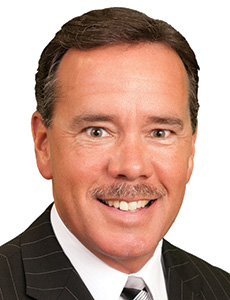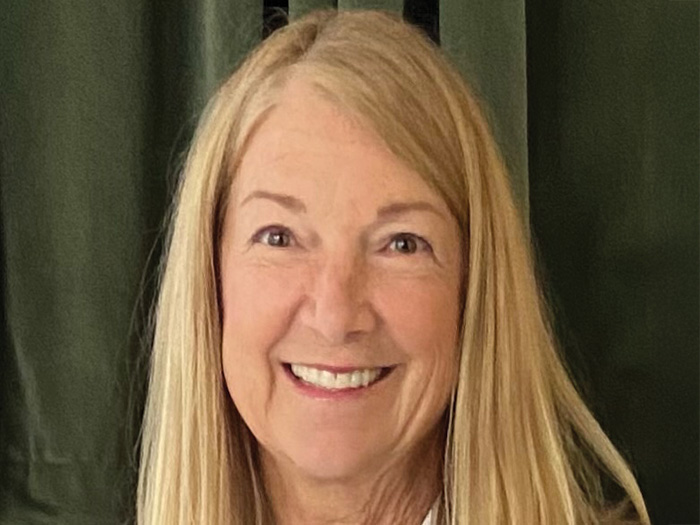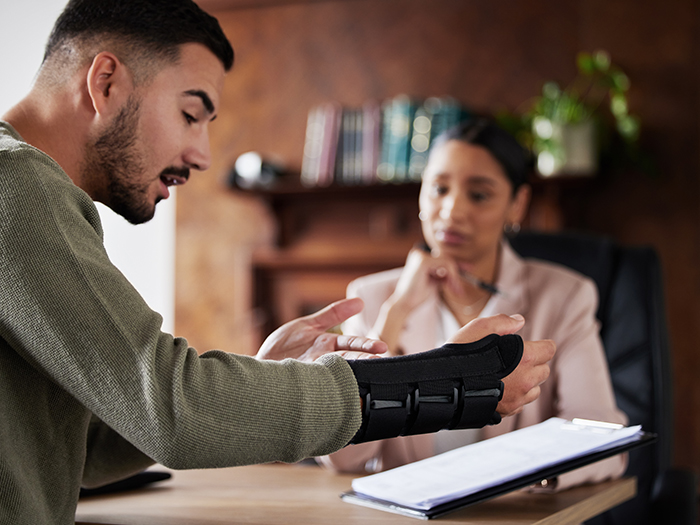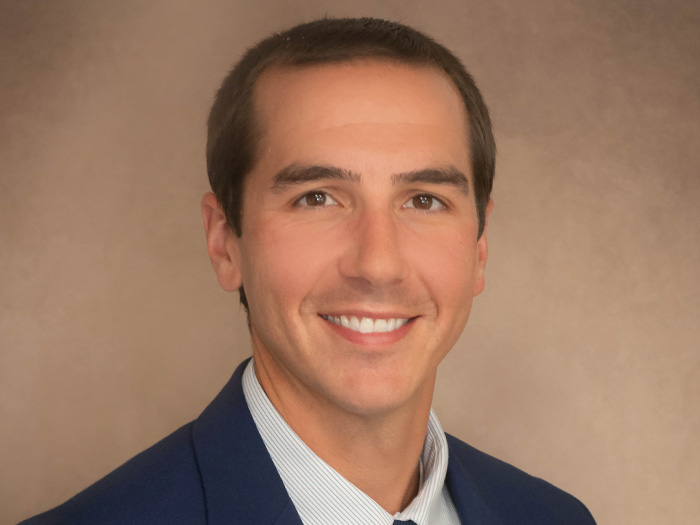Returning to the Office Is on the Horizon. Take Care of Your Workers’ Mental Health First
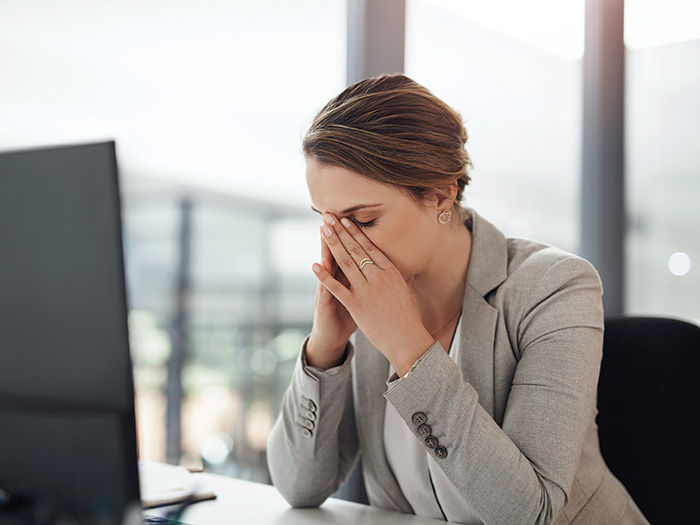
The COVID-19 pandemic created a wave of additional mental health considerations, further complicating the return-to-work picture for clinicians treating injured workers.
For some organizations, this has generated new and renewed strategies and tools to mitigate return-to-work mental health challenges, including telemedicine, amended communication and other tech tools.
Maja Jurisic, MD, VP, medical director, Concentra Strategic Accounts, said the effort to cut mental health declines off at the pass has been years in the making and accelerated since the pandemic began.
“We’ve been doing two things since the end of 2017 that we think really help with some of those mental health barriers,” she said.
“One, we started what we call an outlier management program. Our clinical analytics department figured out that there were five different criteria that seemed to be important in identifying cases that were outliers in our system, and we wanted to give our clinicians a chance to take another look at those.”
As those outliers were examined, clinicians were able to take proactive measures to manage them.
“Since we started the program, we’ve been able to decrease case duration by about a month among those outlier cases,” Jurisic explained.
Further, Concentra leveraged research on neuroplasticity (the ability of the brain to form and reorganize synaptic connections) to encourage a change in thinking among injured workers by largely eliminating the use of the pain scale.
“Every time we ask someone to rate their pain after an injury we’re having them activate those pain pathways and we’re making it worse as the pathways become denser and faster. We still ask about pain scale at the time of injury, but after that, we ask about function.”
Communication Never More Important
Largely, the workers’ compensation industry has embraced the fact that the way we communicate about mental health matters in returning injured workers to the job. That reality has become more pressing as the pandemic rages on.
At Liberty Mutual, that means empathy plays a much larger role. Carolyn Turpin, VP and regional claims manager with Liberty Mutual’s TPA, Helmsman Management Services, explained that one of their first predictive models 10 years ago focused on mental health factors.
Helmsman has since implemented communication strategies to assist case handlers with difficult conversations. As with most carriers, the necessity for this has only increased since the pandemic.
“One thing that we’ve asked our case handlers to do is to really focus on that communication piece and be empathetic and understanding of what the injured worker could be going through — what is the problem and how can we help,” Turpin said.
“Another initiative we’ve focused on in the last three or four years is language transformation. We do get caught up, we’re moving fast, there’s a lot of jargon, so that means slowing down and having simple conversations and taking our time to explain what’s happening and what we’re doing and what their benefits are.”
Melissa Burke, pharmacist and head of managed and clinical care at AmTrust, said taking that time also means helping the injured worker access additional resources available through their employer.
“If we identify that an injured employee has the potential to decompensate or is stressed, we’re engaging our nurses early on,” Burke said.
“Sometimes it’s connecting back to the employer and ensuring that they have EAP for that employee. Other times, it may be providing telehealth behavioral health resources.”
In February 2020, the CDC issued guidance advising health care providers to “adopt social distancing practices, specifically recommending that health care facilities and providers offer clinical services through virtual means such as telehealth.”
As a result, telehealth visits increased by 154% by the end of March 2020 when lockdown orders were widespread.
According to Karen Thomas, CorVel’s director of case management, this has meant a boom in positive implications for overcoming mental health barriers to recovery. Noting that anxiety, depression, and phobic anxiety increased among injured workers in her practice since the pandemic began, CorVel’s response has been multifaceted.
“Engaging with telehealth practitioners has great implications for mental health. People tend to be a lot more comfortable in their own space, with safety and privacy,” Thomas explained.
“We also have deployed an app with our partner PeerWell that addresses five pillars of health for injured workers that are waiting to go through surgical procedures or who have chronic back pain.”
CorVel also began offering a service utilizing 80 certified nurses across the country geared toward injured workers who are suffering issues related to themselves having COVID and returning to work and for frontline workers who are being exposed to COVID.
“The purpose of that service is to assist in mitigating the long-term emotional trauma from that exposure,” she said.
Widespread Mental Suffering
CDC data confirms the reality of that long-term trauma and the rise of serious mental health implications stemming directly from the pandemic.
CDC researchers published in August that by late June 2020, 40% of U.S. adults reported struggling with mental health or substance abuse. Of that, 31% reported anxiety/depression symptoms and 26% reported trauma/stressor-related disorder symptoms.
Teresa Williams, CEO of HomeCare Connect and a licensed clinical social worker, stepped up services to match that increase.
“When our providers go into the injured worker’s home, if we realize that that person might be in some type of mental health crisis, we encourage and sometimes will ask a physician to write an order for a medical social worker (MSW) to go into the home and to do a mental health assessment,” she said.
“That MSW is very familiar with local resources for that region and they can help set those up for them, whether that’s food banks, spiritual counseling or financial programs.”
This and increasing access and delivery of PPE was a key element for her organization to alleviate stressors that affect return to work momentum for difficult cases.
For their part, Jeff Newby, partner at Weber Gallagher, and Geralyn Brown, COO of Weber Gallagher, see pandemic-related stress and return to work barriers on two fronts — both as an employer and guiding the employers they serve.
“When we give risk management presentations to our employers, one of the things that we always recommend is to stay in touch, whether it’s a work or not work-related issue,” Newby said.
“Some people are dealing with the pandemic really well and it suits their personality to work from home and spend more time at home. But for others it’s been depressing and not good at all and if they’re dealing with a health issue it can have devastating and difficult to reverse effects.”
Brown echoed that sentiment, emphasizing that internally at Weber Gallagher, “hearing not just listening to” mental health concerns, must come from leadership.
“I really believe it’s all about communication, and constant contact. We make the accommodation that we need to in order to alleviate their fears, and if their job becomes an at home job, then so be it.”
As vaccine distribution begins in earnest across the country, employers will be faced with an additional set of concerns and associated mental health challenges. However, the network of services like telehealth and communication strategies that the workers’ comp industry has accelerated during the pandemic should help to relieve the burden. &



